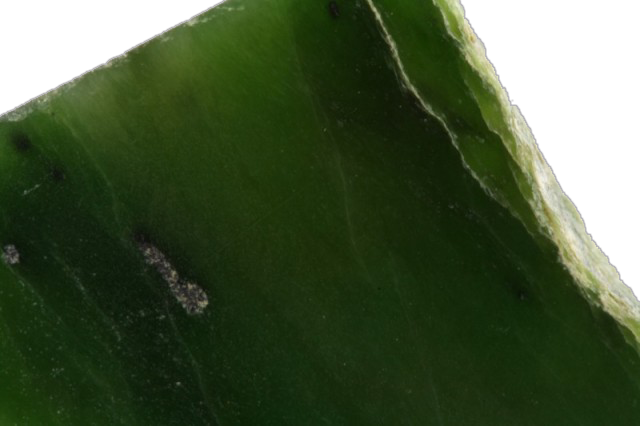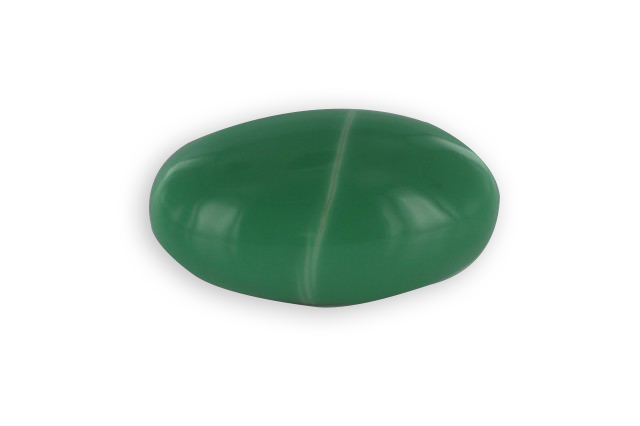
nephrite
This is a thick microcrystalline rock the of amphibole family, we can consider nephrite as a microcrystalline variety of ferrous actinolite-tremolite series. The majority of nephrites are composed mainly of actinolite. The white variety, known as” mutton fat “, is composed almost exclusively of tremolite,








